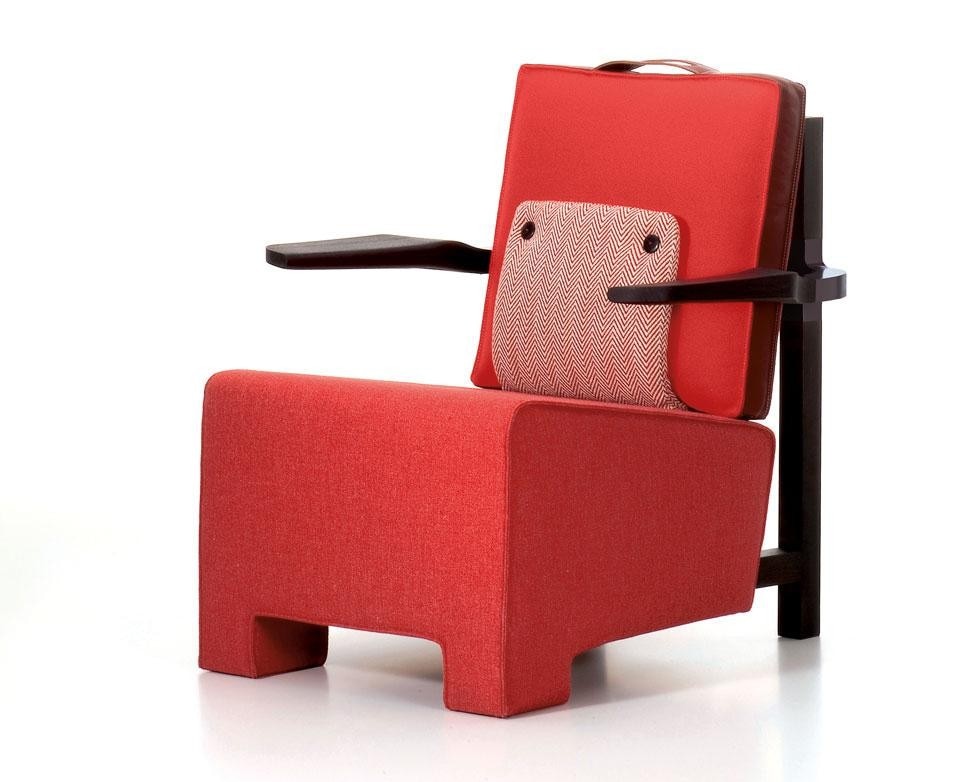I have a favourite chair. Actually, calling it a chair is slightly ludicrous, as it's more like a throne. It is the Sacco bean bag, the deconstructed, liquefied, huggable seat after which came the deluge. It is ingenious, nonchalantly elegant, simple and sublime, and it embodies all the ideals that designers have been pursuing since before the day it was born in 1968—from mass-customisation to adaptability, not to mention cultural and social relevance. It does not score very high on the sustainability scale, but it has potential—truth be told, it could be packaged and distributed empty and there could be special neighbourhood centres that mince domestic debris into pellets that could substitute the polystyrene.
There aren't many chairs and furnishings that can spark the imagination as powerfully as Sacco does, perhaps because there are so many, too many of them. Chairs are the staple of design, one of the first categories of objects (together with cars) that people all over the world think of when confronted with the "D" word. In a designer's life, the chair is also a ritual of initiation, the first truly mature challenge that involves the responsibilities that come with the design profession. In chairs, more than in any other designed object, human beings are the unit of measure to which everything must defer—including all economical considerations regarding the manufacturing process and marketing.
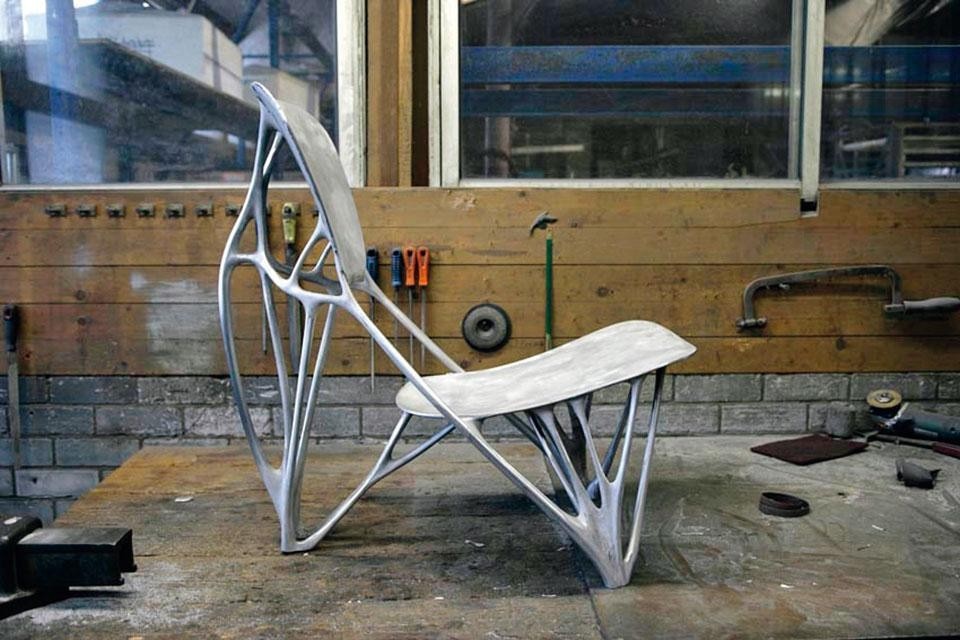
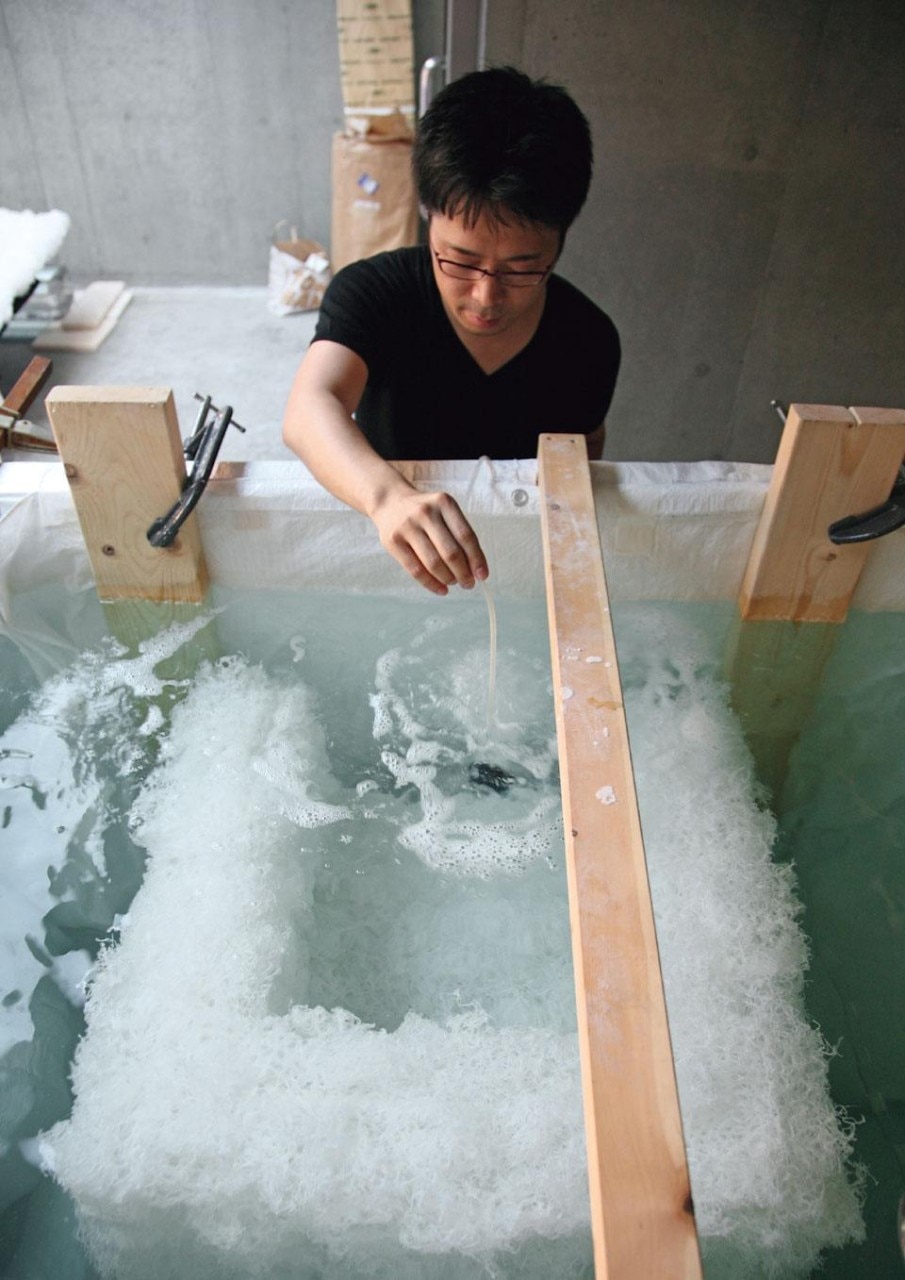
What do chairs say about the past ten years, and about the present? They speak of a crisis of identity and purpose, and they carry the scars of an ongoing natural selection of the species that is no longer led by "consumers", but rather by users and owners who have become either less affluent or more demanding, or both.
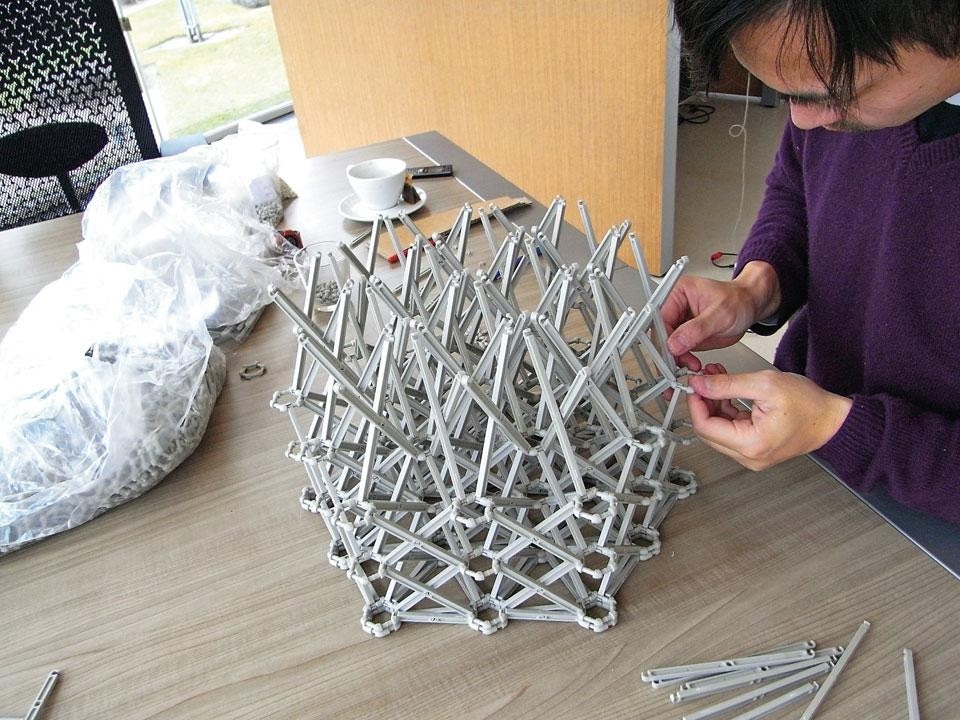
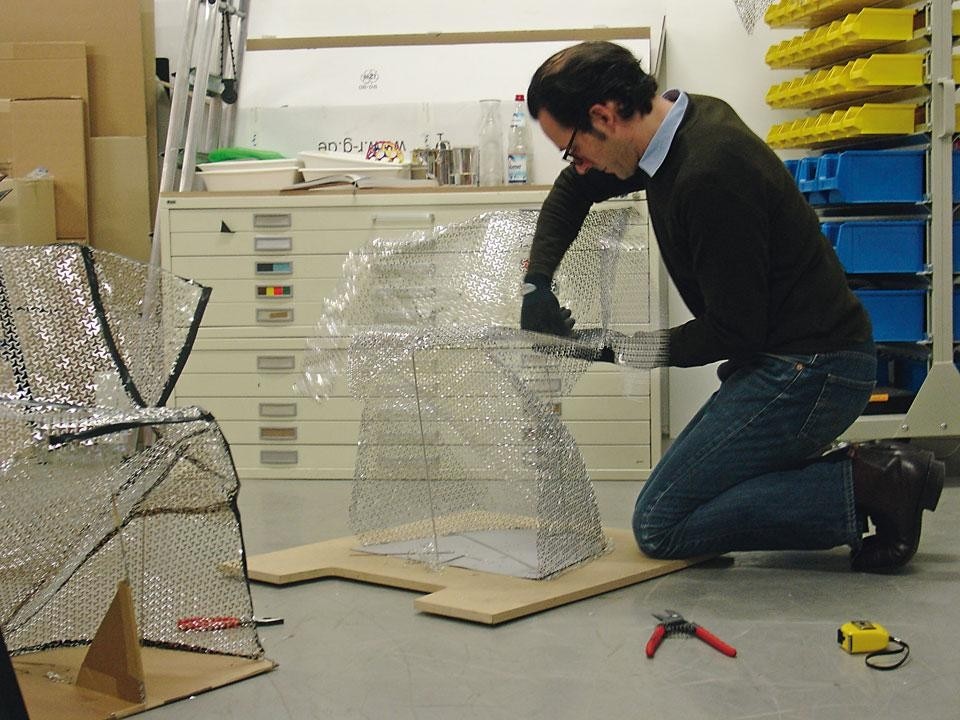
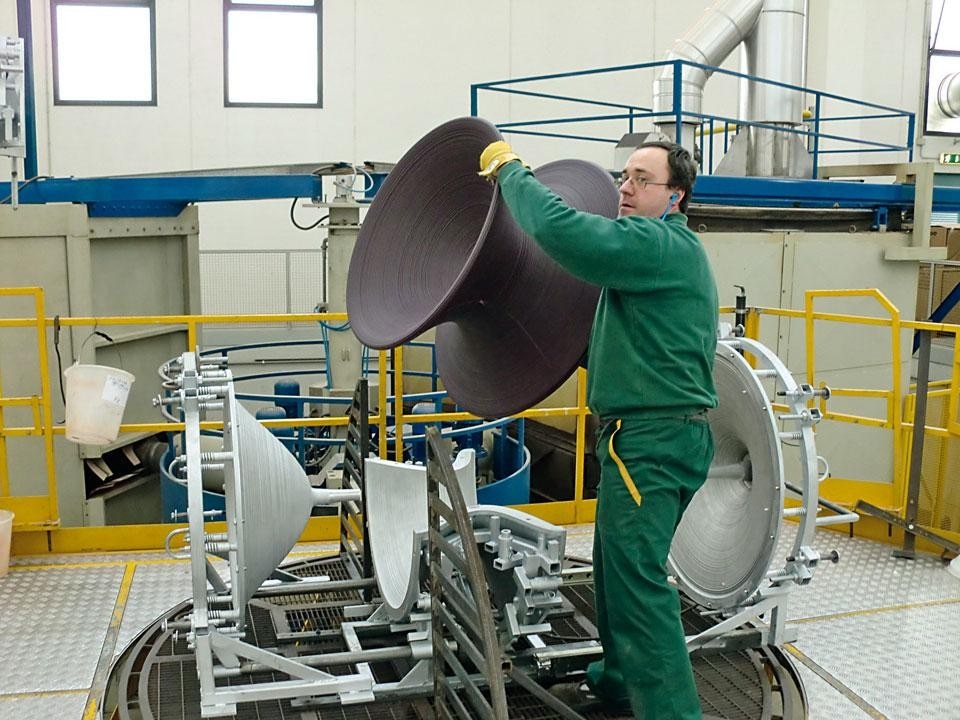
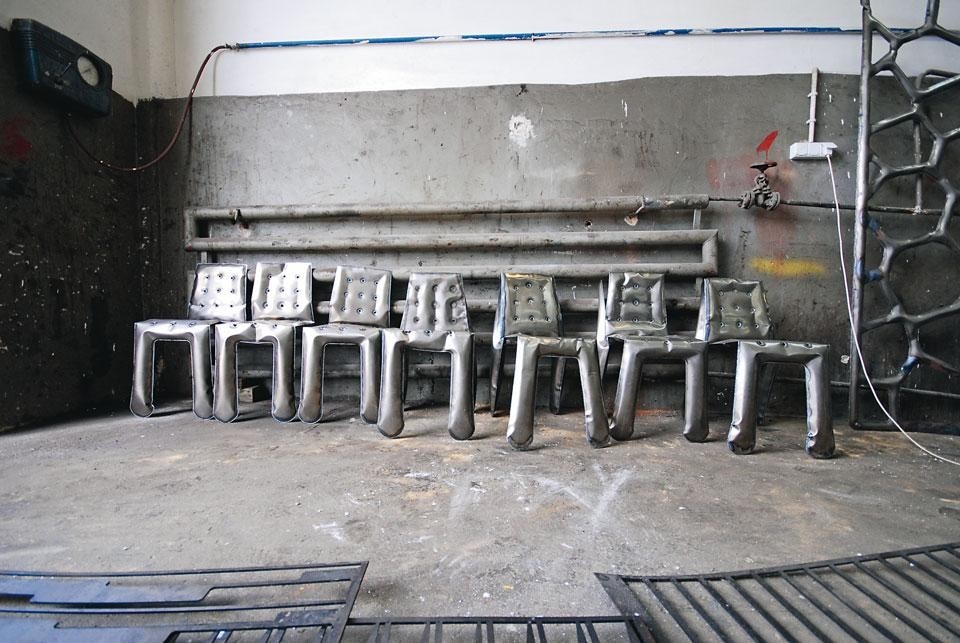
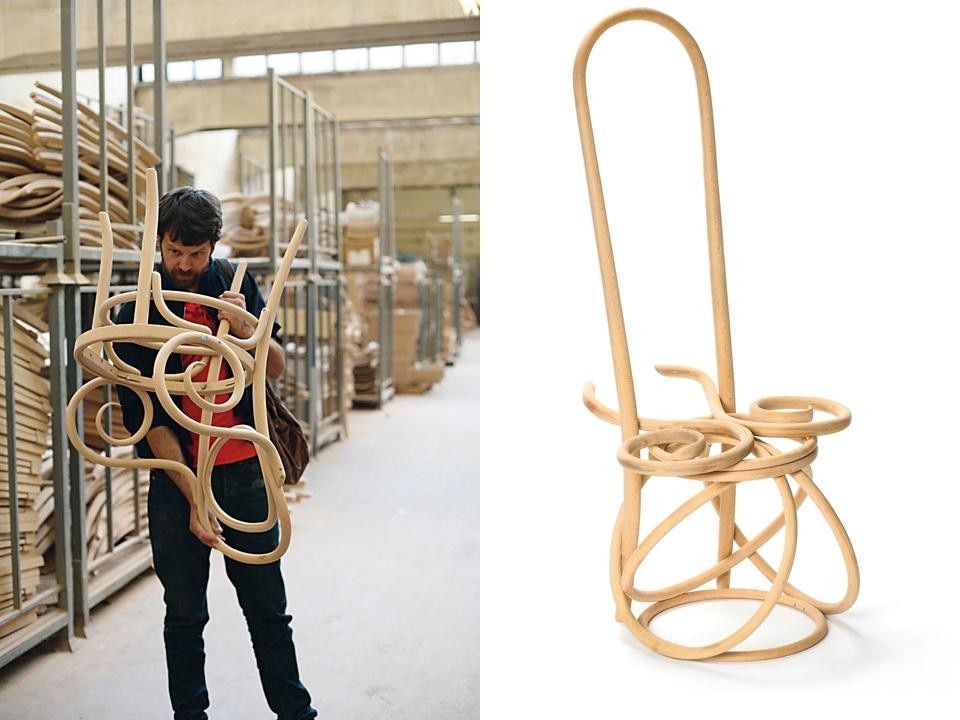
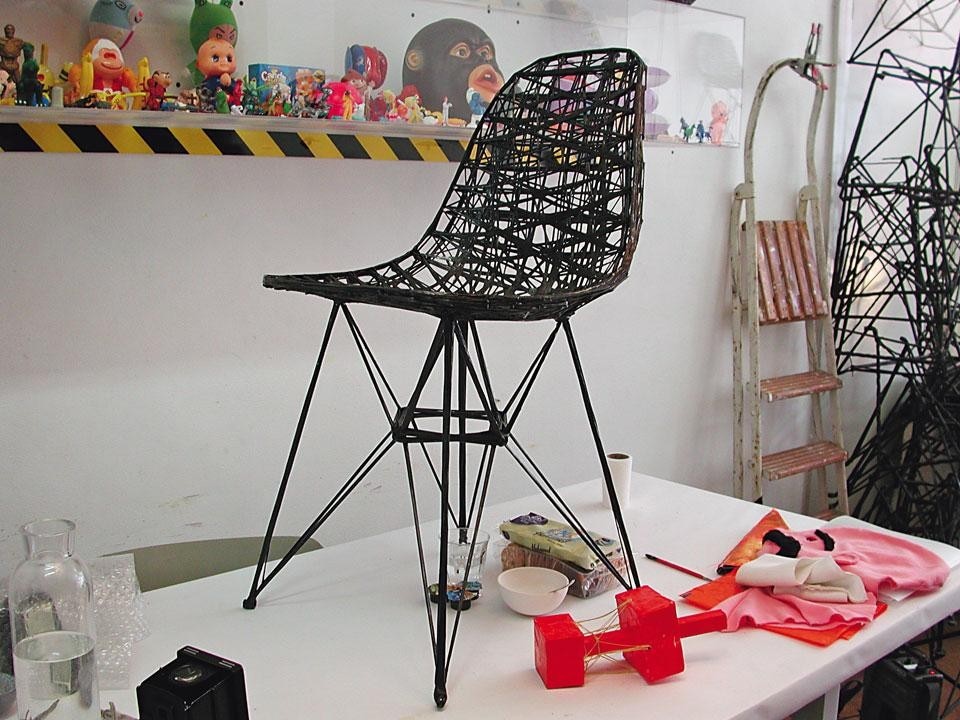
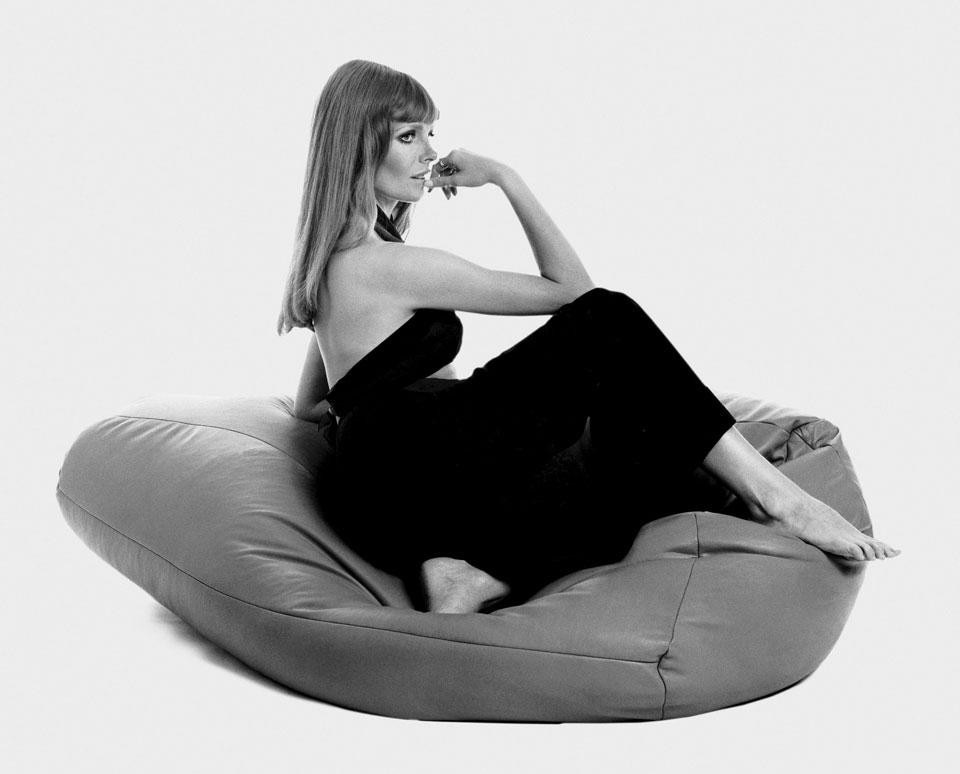
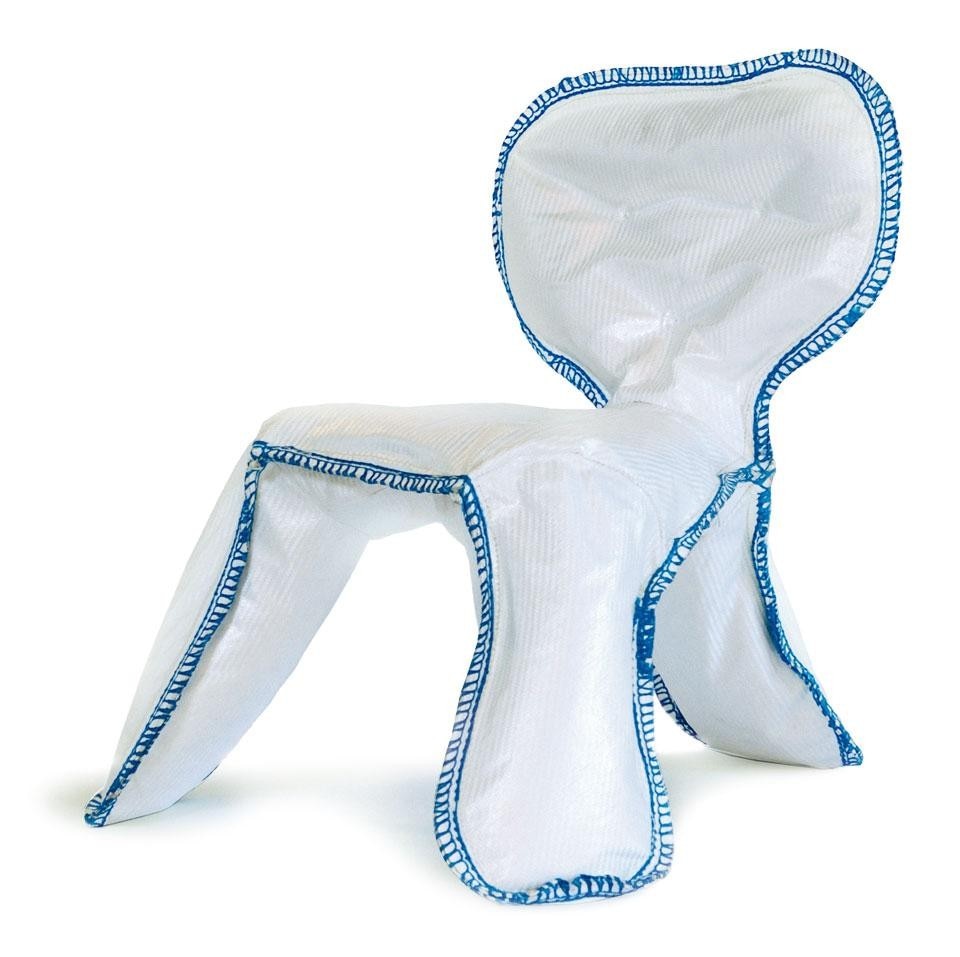
— Paola Antonelli
Critic and curator, MoMA
